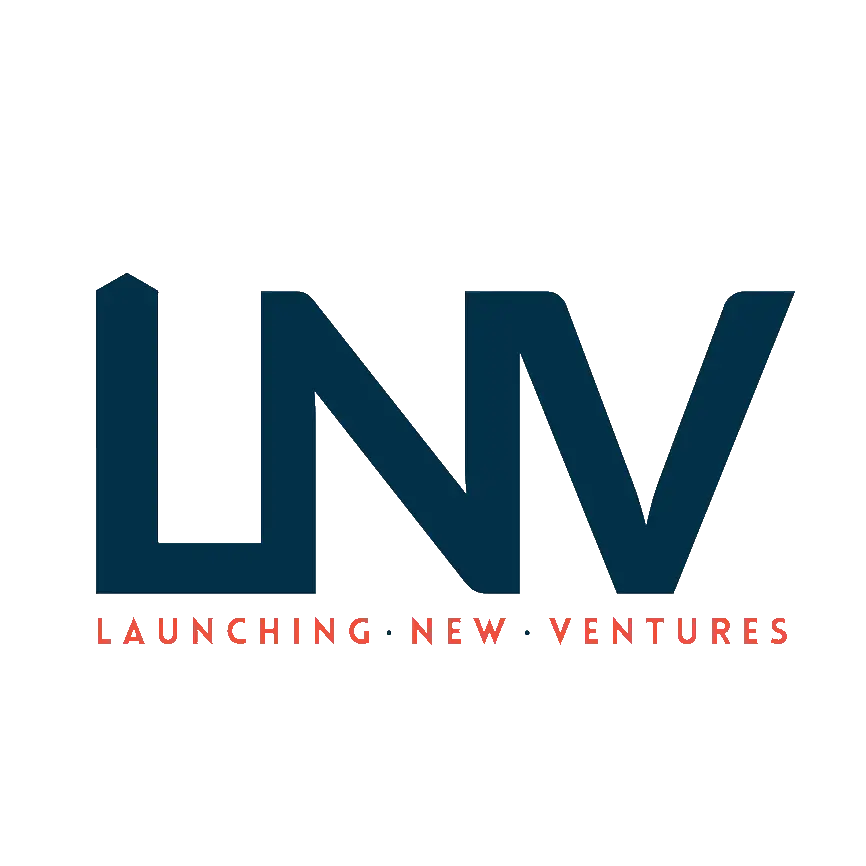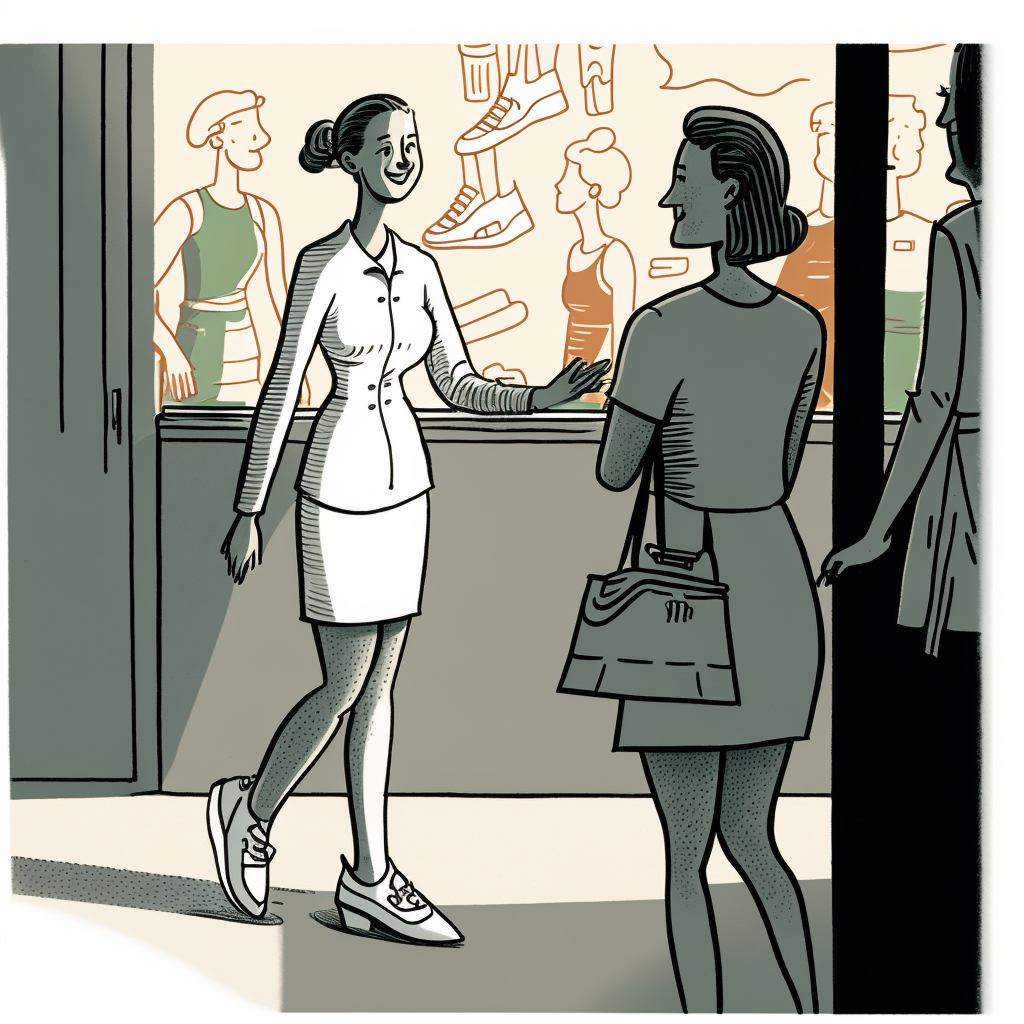Here’s an idea for you: make a list of companies that you are a repeat customer of. Ask yourself why you keep going back again and again. If you were to think about which restaurant you eat at once a week, why do you eat there? What about the clothing store that you go back to when you’re looking for a new outfit to freshen up your wardrobe. A grocery store? Why do you continue to support those businesses? You’re probably going back for a few reasons that we’ll explore in this article.
What are common competitive advantages that you can use when launching new ventures?
- Customer Service
- Quality
- Exclusivity
- Affordability
- Ease of Use
- Speed
- Accessibility
- Mission-Based
Customer Service
A lot of the time we hear about Zappos. The shoe brand that never uses scripts or upsells. Their entire philosophy is based on the principle that “the customer is happy- no matter what.” They don’t want to be an average company, or have average service. Also, they don’t want their employees to be average. This is how the company was able to differentiate, much in the same vein as Chick-Fil-A. Think about it. What’s one of the first things that comes to mind… “My Pleasure”. It’s a simple tag line that caps off the entire experience every time you buy a meal from them. The goal of both companies is to ensure that the customer has a better experience than the competitors.
Quality
Customers prefer to buy high-quality products because they offer better performance, durability, and longevity compared to cheaper, lower-quality alternatives. One company that is known for its high-quality products is Apple. For example, Apple’s iPhones are renowned for their exceptional build quality, sleek design, and user-friendly interface. Apple products are also known for their durability, with many customers reporting that their Apple devices have lasted for years without any significant issues. Additionally, Apple’s commitment to quality extends to its customer service, with the company offering excellent support and repair services for its products. Overall, customers choose Apple products because they offer a superior user experience and are built to last, making them a worthwhile investment.
Exclusivity
Customers buy from luxury brands for a variety of reasons, including the prestige and exclusivity associated with owning a luxury product, the superior quality and craftsmanship of these items, and the aspirational lifestyle and emotional appeal that luxury brands often create. For some consumers, buying a luxury item is a way to signal their wealth, status, and social standing, while for others, it represents an investment opportunity or a way to express their personal style and taste. Luxury brands also often offer exceptional customer service, personalized experiences, and a sense of community and belonging that can enhance the overall customer experience. Ultimately, buying from a luxury brand is a way for consumers to indulge in the pleasures of high-end goods and the accompanying lifestyle, while also satisfying their desire for quality, exclusivity, and status. Think of Louis Vuitton, for instance. Their goal isn’t to be the most affordable (H&M/Shein) or to be the fastest (Target pick-up). What they want to do is create high-quality products that say, “I’ve arrived”.
Affordability
Customers may prefer to buy affordable products, even if they can afford more expensive items, because of the psychological phenomenon known as the “perceived value gap.” This is the gap between the perceived value of a product and its price. When the perceived value is high relative to the price, customers feel that they are getting a good deal, which can be a source of satisfaction and pleasure. This is why some customers may prefer to shop at Dollar Tree, a discount retailer that offers a wide variety of products for $1 or less. While the products at Dollar Tree may not be of the same quality or prestige as those from more expensive retailers, customers may still find them to be a good value for the price, which can lead to a sense of satisfaction and smart shopping. Additionally, buying affordable products can also be a way for customers to save money, which can provide a sense of financial security and freedom.
Ease of Use
Customers prefer user-friendliness because it makes it easier for them to understand, navigate, and use a product or service. When a product is intuitive and easy to use, customers are more likely to enjoy using it and have a positive experience. This can lead to greater customer satisfaction, loyalty, and repeat business. A company or brand that prioritizes user-friendliness can also gain a competitive advantage over its competitors. For example, Google is known for its simple and easy-to-use search engine interface. This has contributed to its dominance in the search engine market, as customers prefer Google’s user-friendly interface over more complex and confusing search engines. Even when Google introduces new products that are in beta or not yet complete, they are typically designed to be easy to use and intuitive, giving Google a further competitive advantage. This is because customers are more likely to try and adopt new products if they are user-friendly and easy to understand.
Speed
It’s nine o’clock at night, you had a meeting that ran late, then you were stuck in traffic on the way home. You’re hungry and haven’t eaten since lunch. Tired and hungry- name a more irritable tag-team. At this point, you aren’t trying to wait for a three-star Michelin meal, you just need to eat. And now. So, instead of sitting down, you might go to a fast-food restaurant like McDonald’s. You know that you’ll have your food in under 5 minutes.
Accessibility
Customers appreciate accessibility like Amazon’s because it makes it easier for them to shop and receive products quickly and efficiently. By providing a wide range of products and fast, reliable shipping, Amazon has made it more convenient for customers to purchase items online, which has helped to drive the growth of e-commerce. Customers can easily browse and purchase products from the comfort of their homes, and have them delivered right to their doorstep. Additionally, Amazon’s customer service and returns policy also contribute to its accessibility, as it provides a hassle-free experience for customers. Overall, customers appreciate accessibility like Amazon’s because it saves them time, effort, and provides a convenient shopping experience.
Mission-Based
A mission-based competitive advantage, such as Patagonia’s commitment to environmental sustainability, separates them from the competition by appealing to customers who share the same values and concerns. Customers who are willing to pay more for sustainable and ethical products are often driven by a sense of responsibility towards the environment and social justice issues. When a company like Patagonia prioritizes these values, it creates a sense of connection and loyalty among customers who share these beliefs. By consistently reinforcing its mission through marketing campaigns, product design, and initiatives like the “Worn Wear” program, Patagonia continues to engage its customers and reinforce its commitment to sustainability. This helps to build trust, loyalty, and a sense of community among customers, which can translate into long-term success and profitability. Overall, a mission-based competitive advantage like Patagonia’s not only differentiates the company from its competitors, but it also fosters a sense of connection and loyalty among its customers, which can be a powerful driver of business success.
In Closing
When launching new ventures, it is essential to consider which competitive advantage will best suit your business. Each of the competitive advantages discussed – customer service, quality, exclusivity, affordability, ease of use, speed, accessibility, and mission-based – can help to create repeat customers and drive business success. However, it is important to think critically about which advantage aligns best with your business goals, values, and target audience. Consider how you plan on implementing your chosen competitive advantage and what challenges you may face. Additionally, think about any other competitive advantages that companies use to create repeat customers and how you can leverage them to achieve success. Ultimately, the key to building a loyal customer base is to prioritize their needs and interests, and consistently deliver value through your products and services.

